
In a world advocating for AI, we advocate for humans
AI should enhance creativity, not replace it. StoryTribe empowers humans to create more, keeping art and storytelling in our hands.
Yunmie & Joe
StoryTribe Team
In a world where attention spans are shrinking and visuals dominate our screens, the right technique for visual communication has become more crucial. Here’s why StoryTribe aims to redefine how we share and understand ideas.
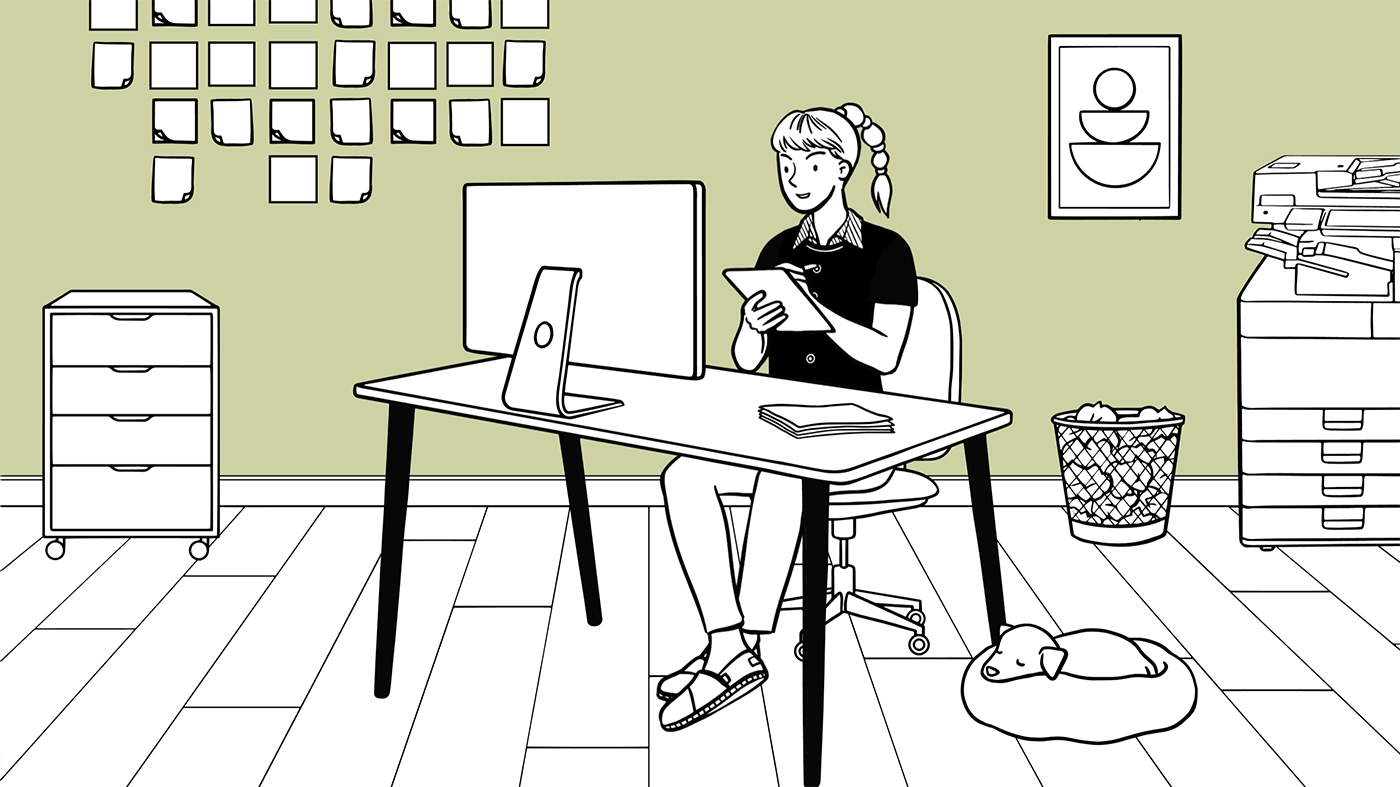
The new generation, Gen Z and Gen Alpha, are highly visual people. They don’t have the time or patience for reading, and the rise of platforms like TikTok and YouTube is a prime example of this trend.
Technology and infrastructure have paved the way for this shift. Fast streaming of high-quality images and videos is now possible, and social platforms have democratised content creation, allowing anyone to become a content creator. With widespread access to information, content is constantly competing for attention and becoming increasingly visual.
Why is this happening? It’s because our brains process visuals 600 times faster than text. This is why traffic signs use symbols and pictograms, and why IKEA instructions work globally. Now that the infrastructure is in place, this shift toward visuals feels only natural.
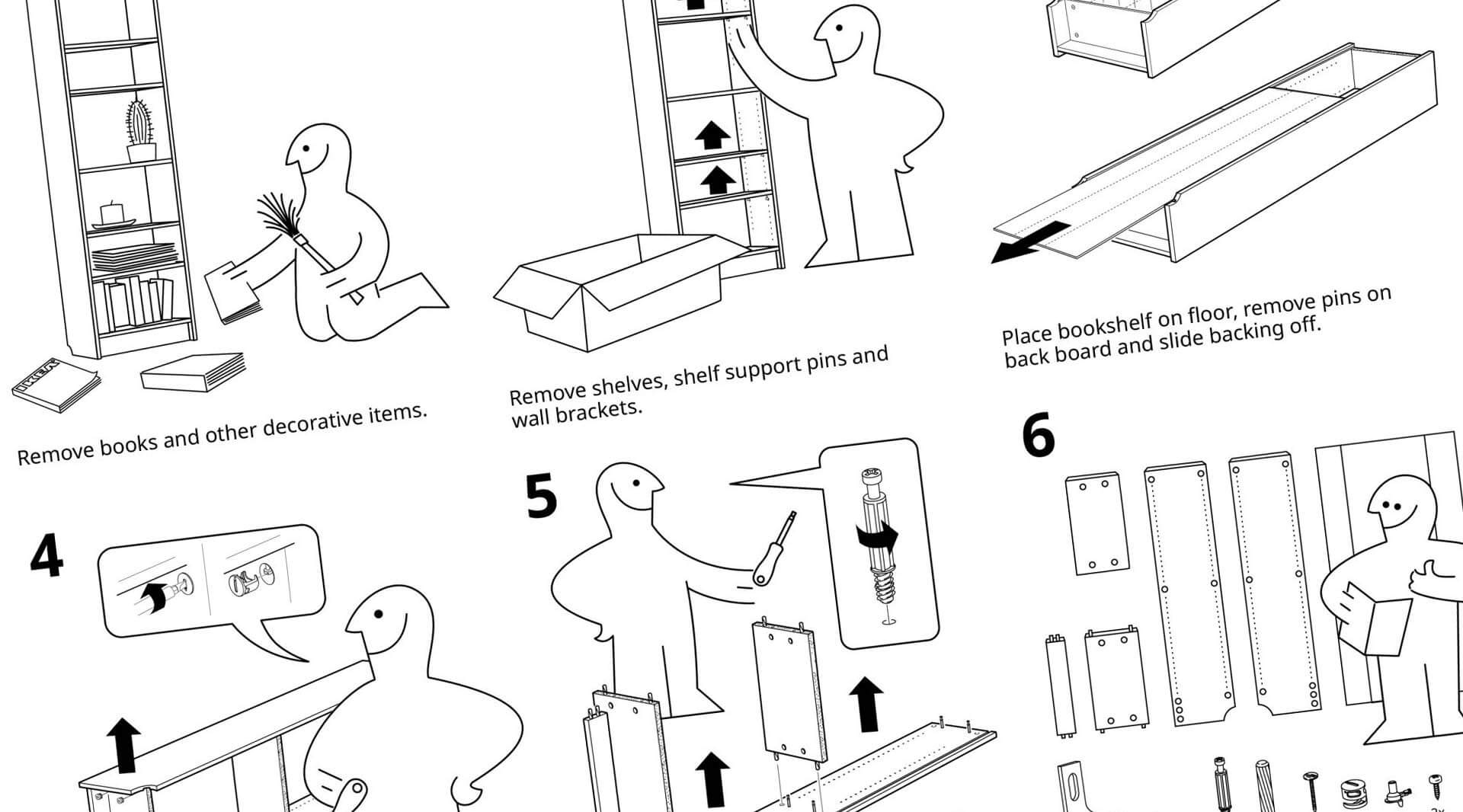
The real surprise is that, despite visuals dominating the media landscape, we still have no tool that allows people to turn their thoughts and stories into visuals quickly and easily.
Most people lack confidence in drawing, which restricts their ability to express ideas visually. Additionally, all the tools currently available in the market are focused on design, rather than pure expression and communication. Design tools limit fast communication ability as people get bogged down in fine details and design complexities.
In contrast, lo-fi techniques offer a more practical solution for quick and easy communication. What we need in this era where visuals speak louder than words is a visual tool that prioritises communication over design perfection.
Lo-fi, short for "low fidelity," originally refers to the quality of audio recordings that contain imperfections such as noise or distortion. However, in the context of visual communication, lo-fi is a term used to describe designs or prototypes that are intentionally rough, simple, or unpolished. Examples are quick sketches, storyboards or wireframes. They are created quickly and with minimal detail.
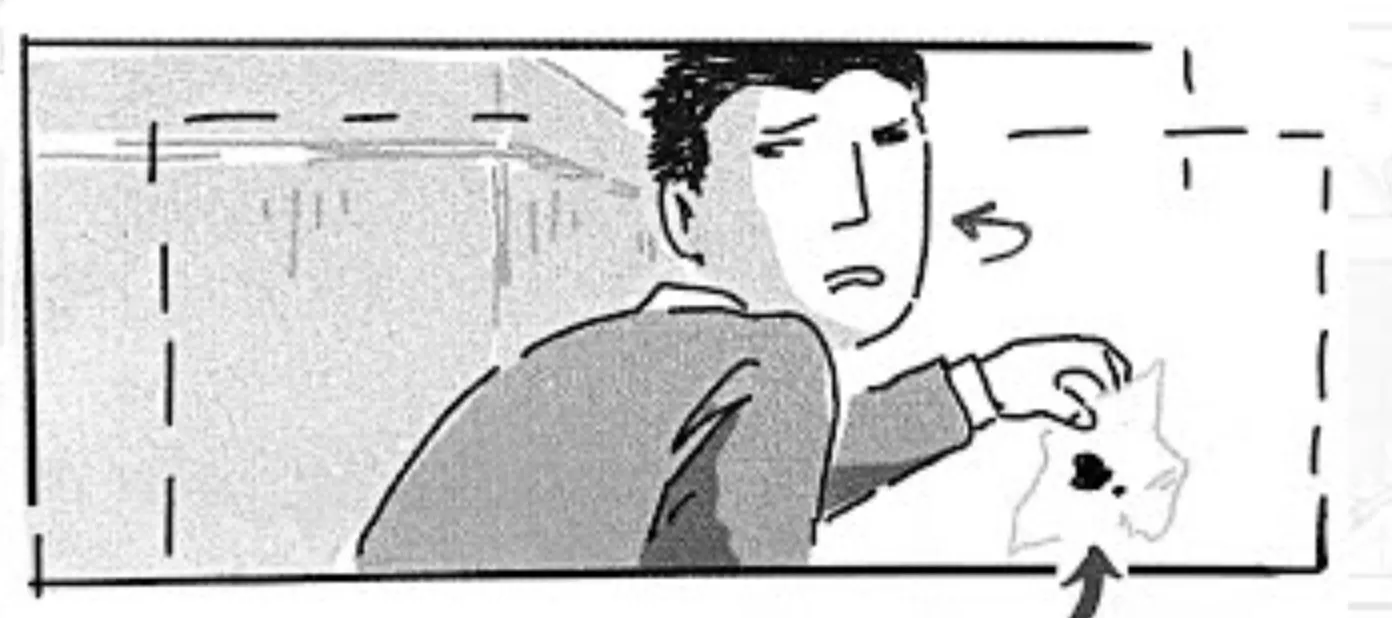
Lo-fi visuals are powerful tools in many industries because they allow thoughts to be shared and iterated upon without the pressure of perfection. Their simplicity accelerates the speed of share, enabling quick exchanges of ideas. They also foster iteration and collaboration, as they invite feedback and encourage teams to build on initial ideas without getting bogged down in aesthetics.
Some might argue, why not use AI to shortcut to a final output? The problem with starting at high fidelity is that too many details have already been determined upfront — without thinking through. With a fully finished visual, changes usually mean undoing and redoing things, which takes a lot more time. Also, new changes must match the polished style to stay consistent, which demands extra time and work.
In contrast, lo-fi visuals keep the focus on the core idea, allowing for quicker adjustments and supporting a more fluid, creative process.
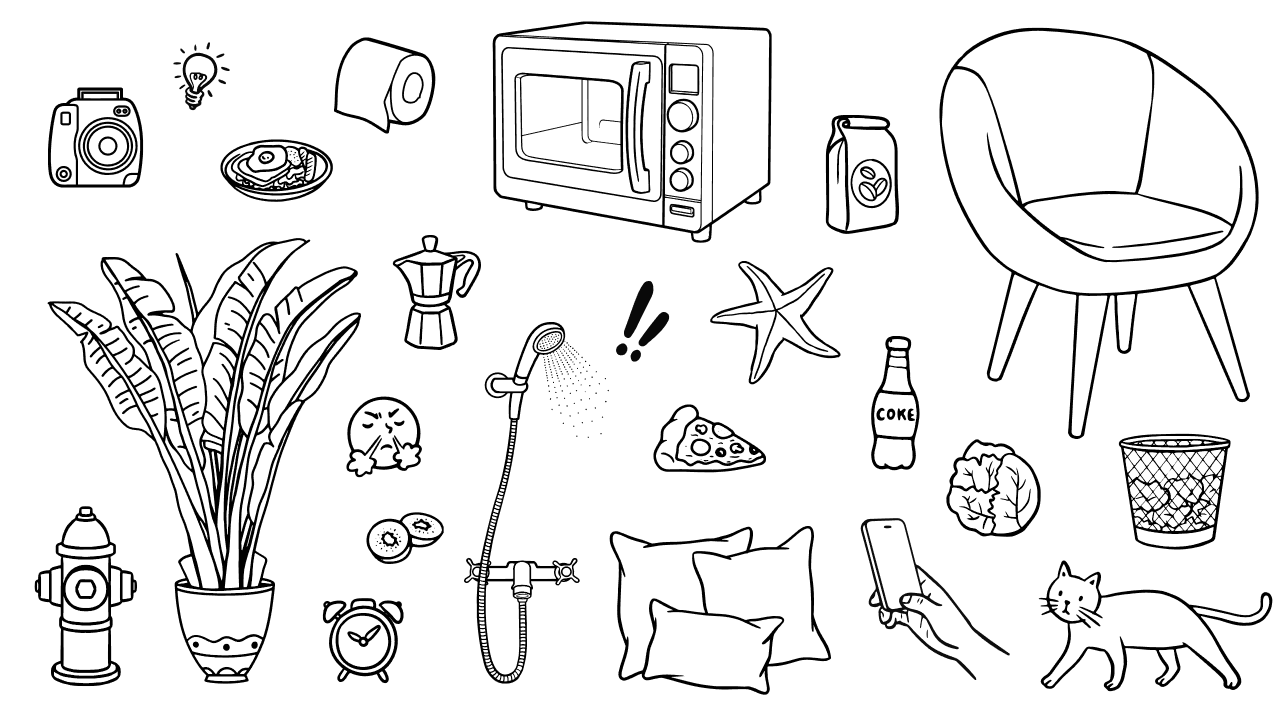
StoryTribe is a communication tool, not a design tool. Its primary purpose is to visualise your thoughts quickly and easily so that you can communicate them effectively. We embrace the power of lo-fi at our core because detail-heavy formats can become obstacles in visual dialogue.
We use simple B&W line drawings to ensure that visuals are easy enough for users to redraw the parts they need (the drawing feature is coming soon). Additionally, we strip back detailed colour choices to help users focus on the message and narrative, rather than getting lost in design decisions.
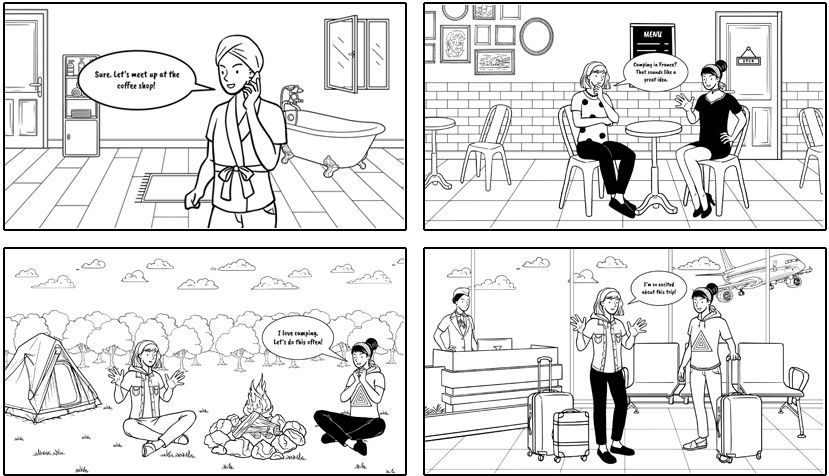
We now live in an era where anyone can create dazzling AI-generated images and videos at their fingertips. But when everyone can do this, the uniqueness and value diminish. What once felt special will soon become ordinary, and the novelty will quickly fade as these visuals become the norm.
The rise of AI will demand stronger storytelling and greater originality. AI-generated content will need to work harder, crafting more compelling narratives and unique visuals to stand out from the crowd. This makes storytelling more important than ever.
StoryTribe is the tool that supports you through the early stages of the creative process. Then, turning lo-fi visuals into final outputs should be effortless. The technology for transforming lo-fi into 3D, animation, and realistic images is rapidly advancing, and it's only a matter of time before it becomes fully refined.
We've already seen many users using StoryTribe to feed their AI, proving that lo-fi visuals are effective not only for human-to-human communication but also for human-to-AI communication.

In a world increasingly obsessed with polished perfection, lo-fi visual communication stands out as a refreshing counterpoint. It embraces simplicity and imperfection, stripping away the bells and whistles to focus on the core message and its narrative.
Lo-fi visual communication is about embracing the journey of creation rather than rushing to the destination. By prioritising the message over a perfect look and feel, it helps you explore more ideas, makes revisions easier, encourages early feedback and fosters collaboration - which ultimately leads to stronger and more thoughtful outcomes.

AI should enhance creativity, not replace it. StoryTribe empowers humans to create more, keeping art and storytelling in our hands.
Yunmie & Joe
StoryTribe Team

In this blog, I'll talk about some common problems people experience when using AI to generate visual content, and how a different approach could solve these problems.
Yunmie Kim
Multimedia Specialist
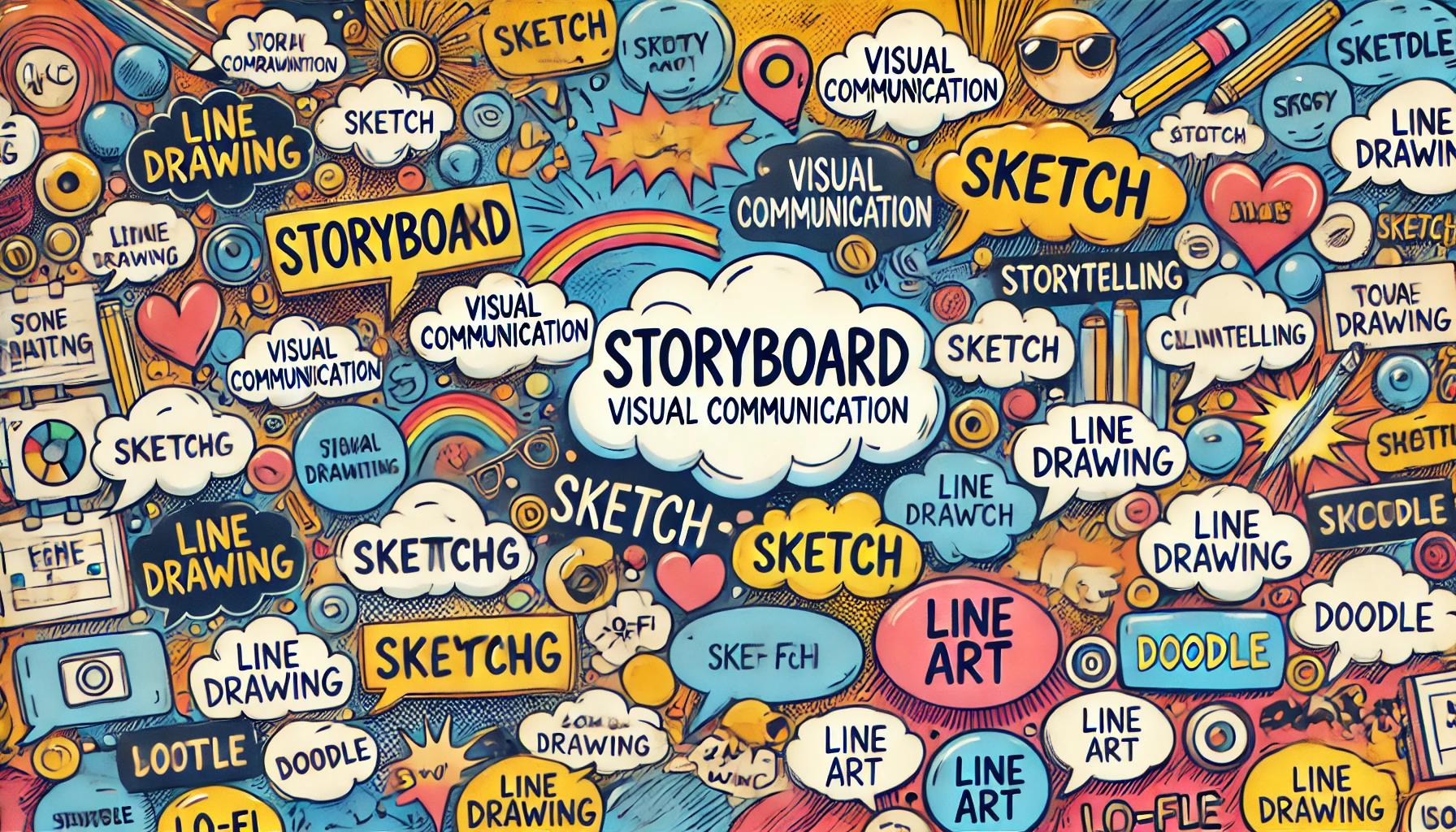
StoryTribe empowers users to visually communicate their ideas through simple, lo-fi storyboarding. Its versatility, however, goes beyond traditional storyboarding, challenging conventional definitions of the term.
Yunmie Kim
Multimedia Specialist